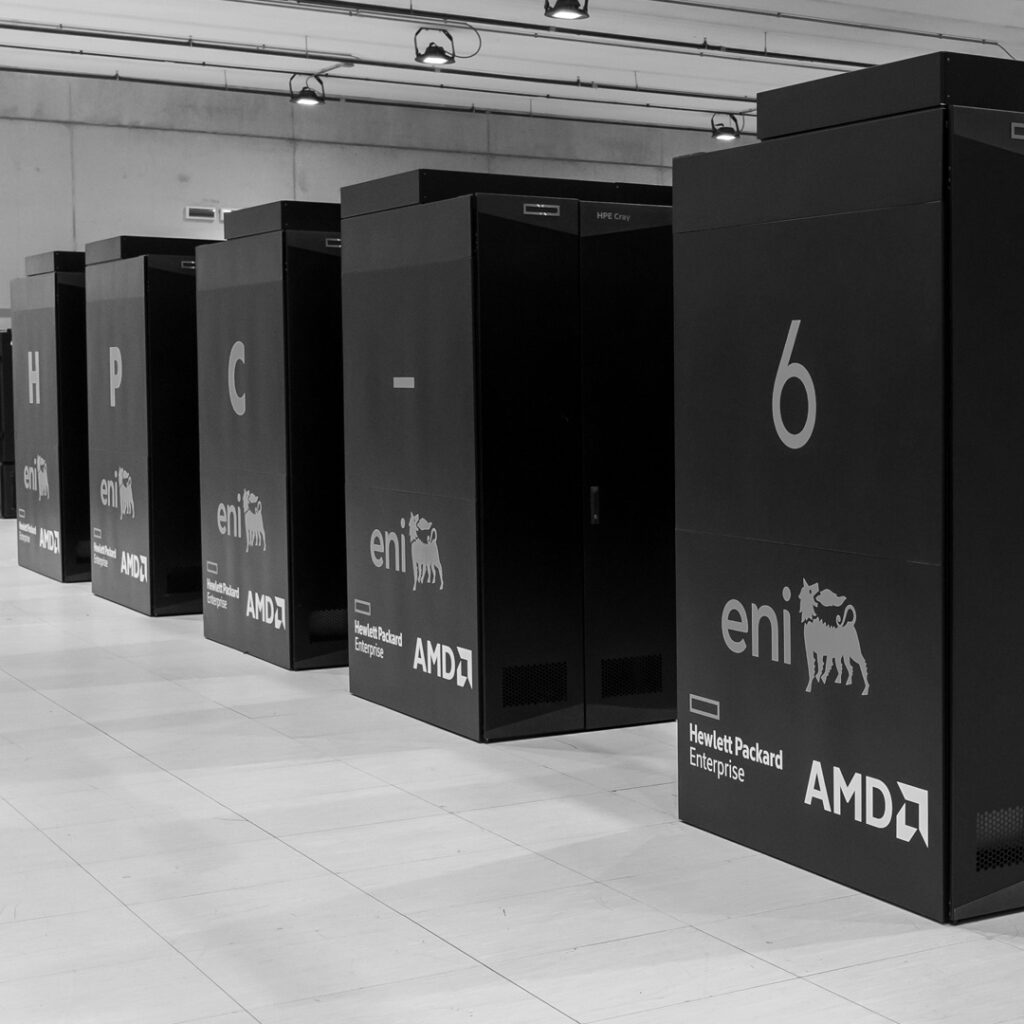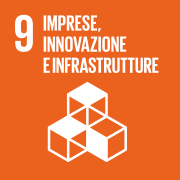
With the term High Performance Computing(HPC), we refer to those technologies used to create computing systems capable of providing very high performance. It is certainly not a recent technology: interest in HPC dates back to the 1960s, with the first applications – mainly related to simulations – born mainly in university contexts. However, the evolution of hardware architectures and software tools has made it possible to expand the potential of the systems considerably, creating new fields of application even far removed from those for which they were initially conceived. Today, these ‘supercomputers‘ are crucial tools for making innovation a reality and for achieving, for example, the decarbonisation and, more generally, sustainability goals that companies pursue.
HPC6, an excellence among supercomputers
Among the most active companies, in Italy and worldwide, in the development of these systems is Eni which, last November, announced the completion and start-up of HPC6, the new supercomputing system in its sixth version. Its computing power, coming down to the numbers, is far greater than its predecessors: in fact, it can go from the 70 PFlop/s of HPC4 and HPC5 combined to over 600 PFlop/s peak, which, translated, means that it is capable of performing over 600 million billion complex mathematical operations per second.
Impressive numbers that, not surprisingly, have earned it fifth place in the Top500 ranking – which includes the most powerful supercomputers on the planet -, first in Europe, and the status of the most powerful system in the world among industrial supercomputers. Its launch represents a fundamental step in Eni’s decarbonisation strategy, in which technology and technological progress represent the basis for the creation of new businesses linked to the energy transition.
A key role in the energy transition
Eni has always placed technology at the heart of its strategy and was among the first companies in the world to invest in high-performance computing for industrial use, which the company has increasingly applied in recent years for research in the new energy sector and for the energy transition.
“Innovation and the constant improvement of technologies are key to maintaining and strengthening Eni’s leadership in the energy transition,” said Claudio Descalzi, CEO of Eni. “Technological advances enable us to use energy more efficiently by reducing emissions and fostering the development of new energy solutions. We have integrated supercomputing throughout the entire chain of our businesses, transforming it into an indispensable lever for achieving Net Zero and for value creation itself. Eni has developed a unique wealth of technological and programming knowledge that gives us an international competitive advantage and supports the speed of our transformation and, at the same time, our growth“.
An effective energy transition, in this direction, is therefore absolutely central. Indeed, HPC6’s role will be to support the acceleration of the company’s transformation process, to identify innovative, scalable and economically sustainable solutions and to accelerate the development of new high-potential businesses. HPC6 will play a decisive role along the entire energy chain, from the search for sources with an increasingly low carbon footprint to the development of technologies for harnessing and transforming energy to help achieve the 2050 net zero target. On the other hand, Eni has already been using supercomputing for years in many areas, fromoptimising the operation of industrial plants to improving the accuracy of geological and fluid-dynamic studies, from the development of better performing batteries to the simulation of plasma behaviour in magnetic confinement fusion.
Attention to the environment is also evident in the design and operation of the entire system and the infrastructure that hosts it. First of all, HPC6 is installed in a dedicated area in Eni’s Green Data Centre, which is one of the most energy-efficient data centres and one of the best in Europe in terms of carbon footprint. In addition, since its design, the objective has been to minimise its environmental impact: an objective that has been achieved through the implementation of a new ‘direct’ liquid cooling system, which allows 96% of the heat produced to be disposed of very effectively, thus making the machine very energy efficient.
In short, in an increasingly connected and fast-paced world, focusing on digital tools to address crucial challenges such as sustainability is no longer an option but a necessary and fundamental choice, capable of enabling innovation, because it is also from systems such as HPC6 that the optimisation of complex processes, the acceleration of innovation for the energy transition and the achievement of climate goals pass.
















